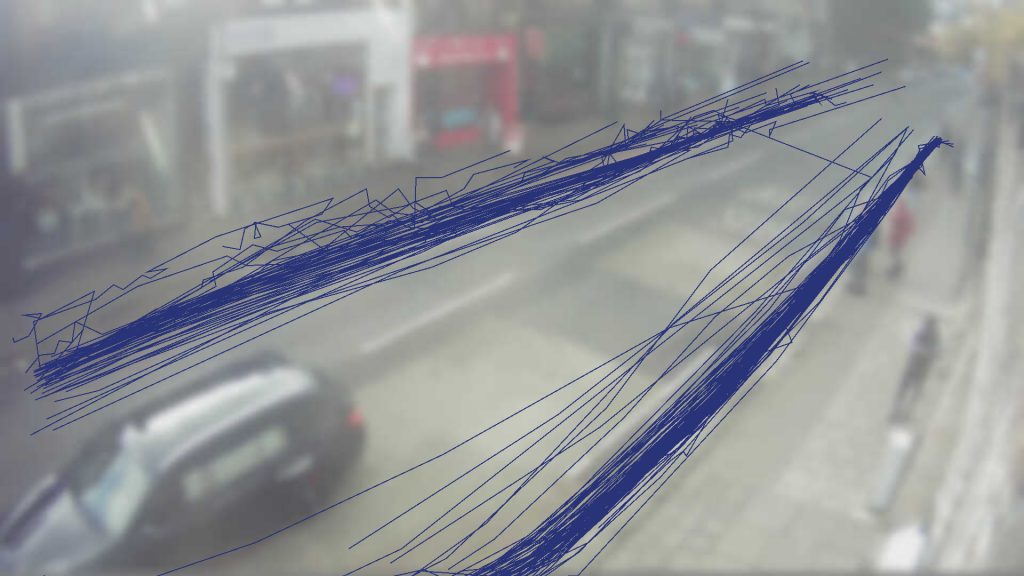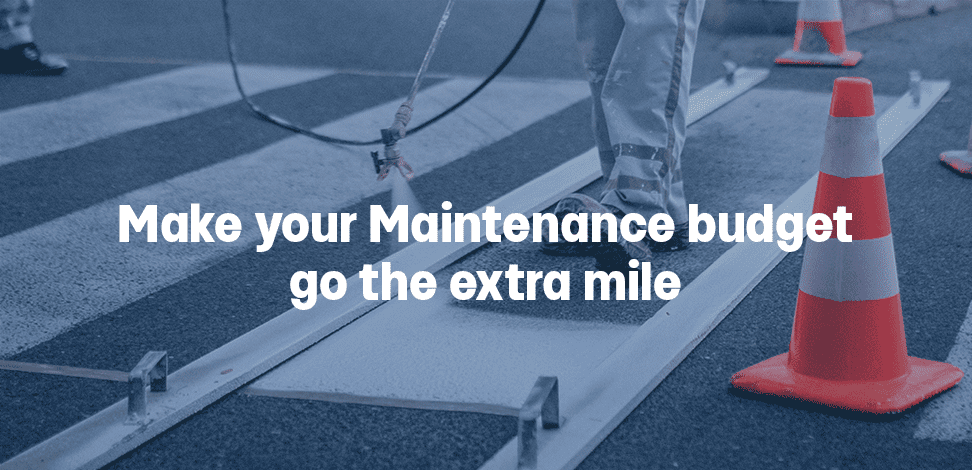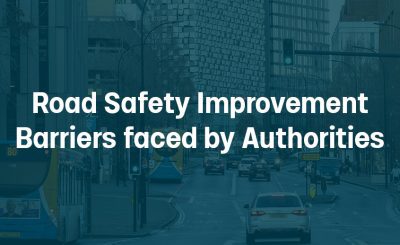Maintaining the UK’s carriageways, footways and cycleways, junctions and traffic signals is integral to a successful network. Using high quality data as part of your road maintenance strategy will help you make the most of your budget.
The Department for Transport “strongly advocates a risk-based whole lifecycle asset management approach to local authority highways maintenance programmes” and highlights recent additions to maintenance funding is not just about potholes. It’s about improving road safety; levelling up; active travel uptake; reducing road user costs; keeping transport moving and climate change resistance.
VivaCity’s AI-powered vision-based sensors can support a whole lifecycle asset management approach to network maintenance budget. Areas of this approach include:
- Optimised signal control via above ground detection technology, enabling greater carriageway surface resilience to climate change and lower maintenance costs
- Inform maintenance investment with baseline data
- Measure investment benefits and impact post-implementation
Make your budget go the extra mile with VivaCity data
1. Optimise signal control with above ground detection technology
When maintenance is required at junctions there is an opportunity to reduce long term costs associated with loops and substantially improve detection capabilities by replacing loops with above ground VivaCity sensors.
Induction loops are expensive to replace and repair. These beneath ground induction loops are prone to damage as road surfaces degrade over time. This degradation is often a result of loop installation itself, whereby weak points are introduced surrounding loop incision areas in the road surface. Potholes are another key cause of loop failure. Failing loops are a substantial cause of congestion and can pose road safety risks if road users overrule signals when held at red for excessive lengths of time. Above ground detectors overcome these challenges.

Induction loops are prone to damage. Installation results in weak points in the road surface.
Alongside durability shortcomings, induction loops have detection limitations. Loops are unable to accurate distinguish different vehicles and road users. Vision-based detection overcomes this challenge, differentiating road user types – including cyclists – by shape and size. This means that signals can be optimised for different road users, for example, buses for service improvement or cyclists for safer junctions for active travel.

VivaCity’s computer-vision sensors use three dimensional object modelling techniques that enable highly accurate detection of all road user types.
2. Inform targeted maintenance investment
Use road user data to help identify key locations for maintenance budget investment. For example, monitor how cyclists use infrastructure elements. Tracks data identifies movement paths of road users and may reveal that there is large number of cyclists using the pavement despite a designated cycle lane running parallel. This data indicates that the cycle lane needs improvement work – this could be new paint markings or resurfacing.
At junctions Tracks data may reveal cyclists using the pavement to navigate the junction. This would indicate that signalling improvements are needed, such as a cyclist early release phase. Anonymised road user data such as these highlight areas for further investigation. In addition, this insight provides baseline data against which realistic objectives and targets can be set.

Coloured lines depict Track (movement path) data for different road user types.
3. Measure investment benefits with multimodal data
Research by Living Streets’ YouGov survey reveals that ‘nearly one in three (31%) of older adults (65+) are prevented from walking more or at all on their local streets because of cracked and uneven pavements’. This equates to over 3.5 million people in the UK. Whilst motorist KSI figures have fallen in line with safety improvements to vehicles, declining road conditions has prevented this trend amongst cyclists.
You can use anonymised pedestrian and cyclists count and movement to measure the impact of resurfacing carriageways, pavements and cycle lanes, by comparing pre- and post- active travel data. The same applies for measuring the impact of prioritised signalling. This data will evidence if active travel uptake has increased due to better quality infrastructure or signalling, and can help support a business case for further active travel maintenance budgets.

Cyclist Tracks data shows how cyclists use infrastructure.
Speed, journey time and congestion data can also indicate the results of maintenance investment on vehicular traffic too. For example, data will help local transport authorities identify correlations between road maintenance and active travel by comparing cycling volumes on newly maintained roads against volumes on roads that require maintenance.
Like our content? Sign up to our newsletter and receive the latest updates in your inbox.
Sign-Up









